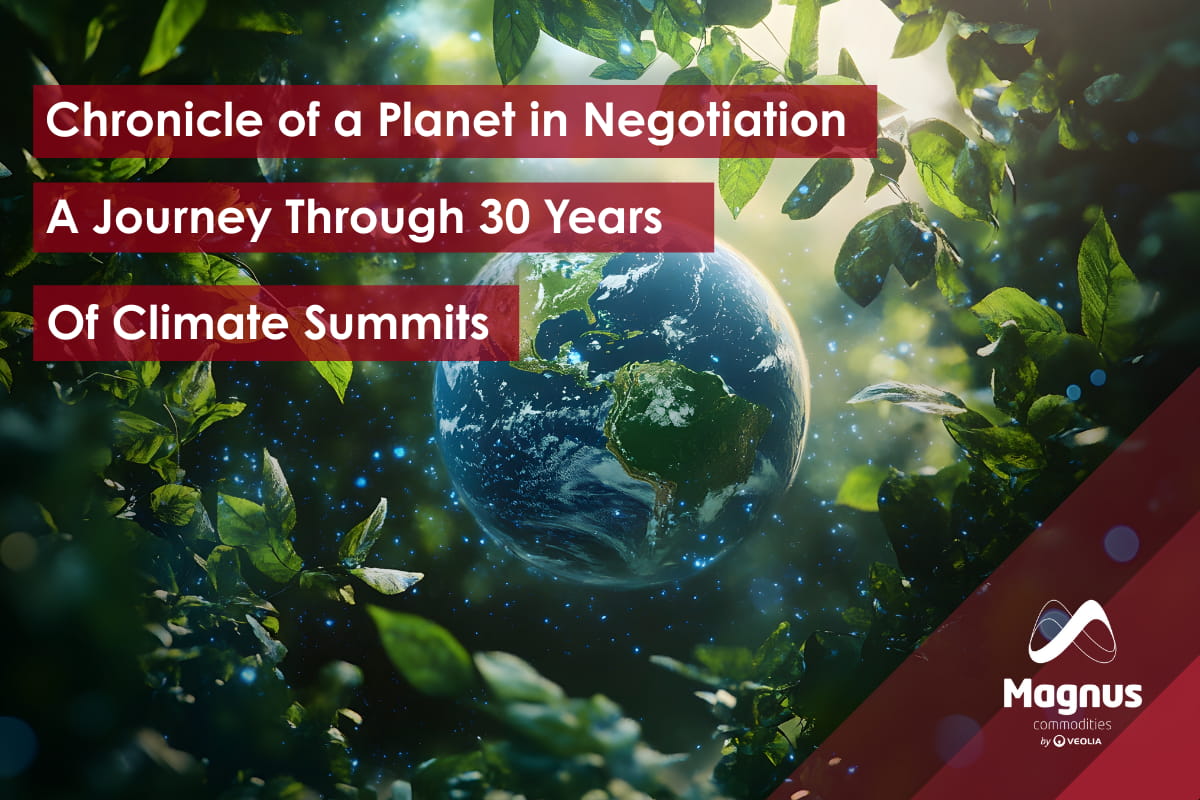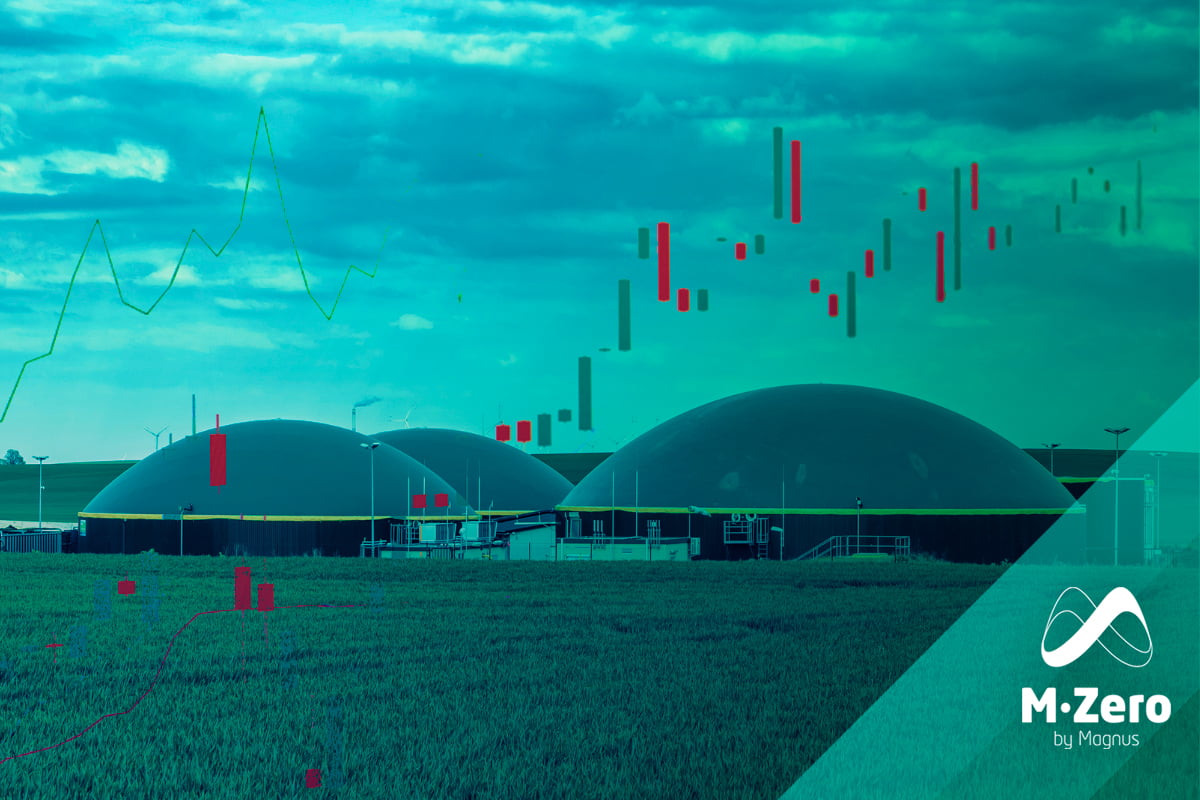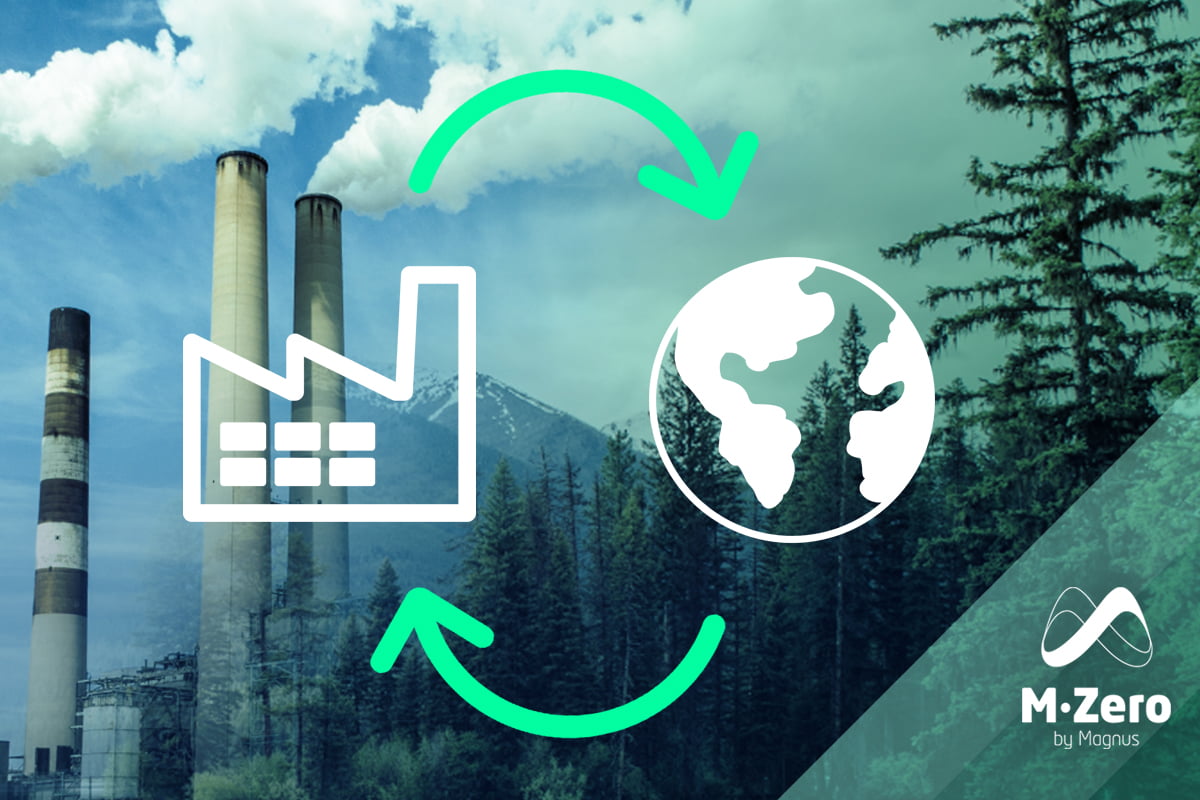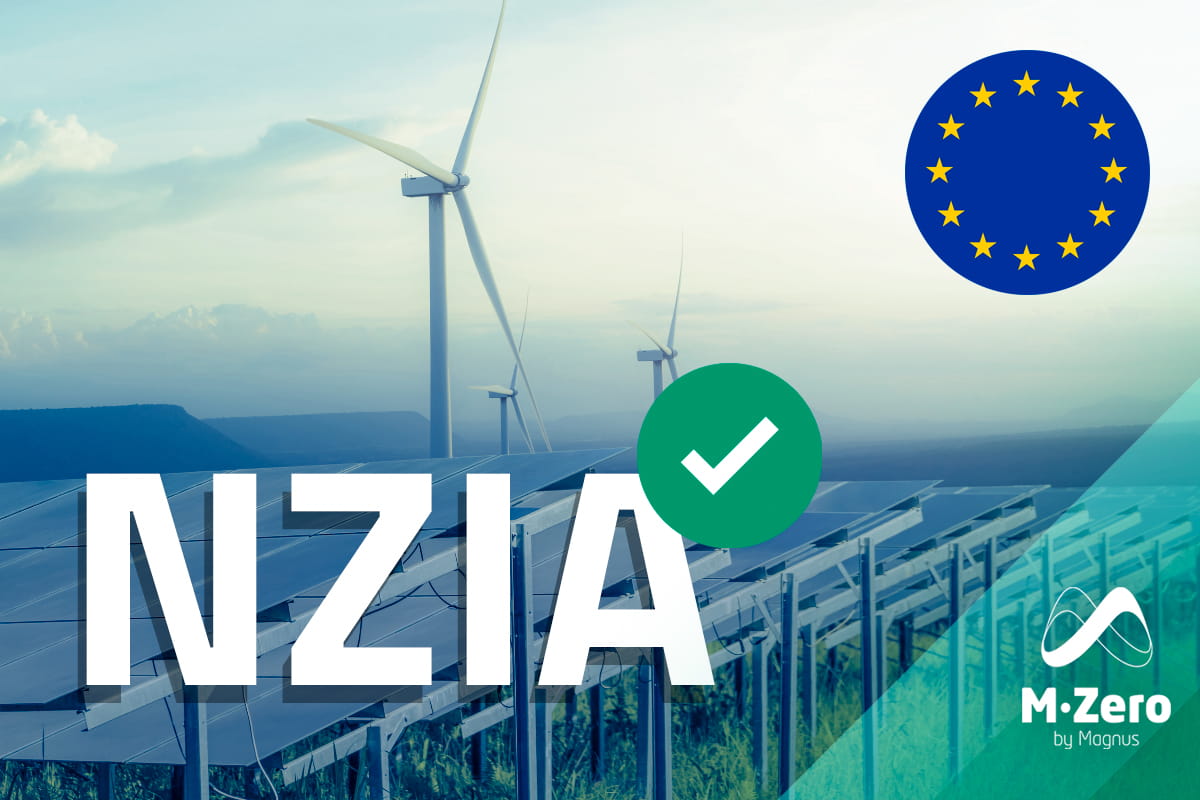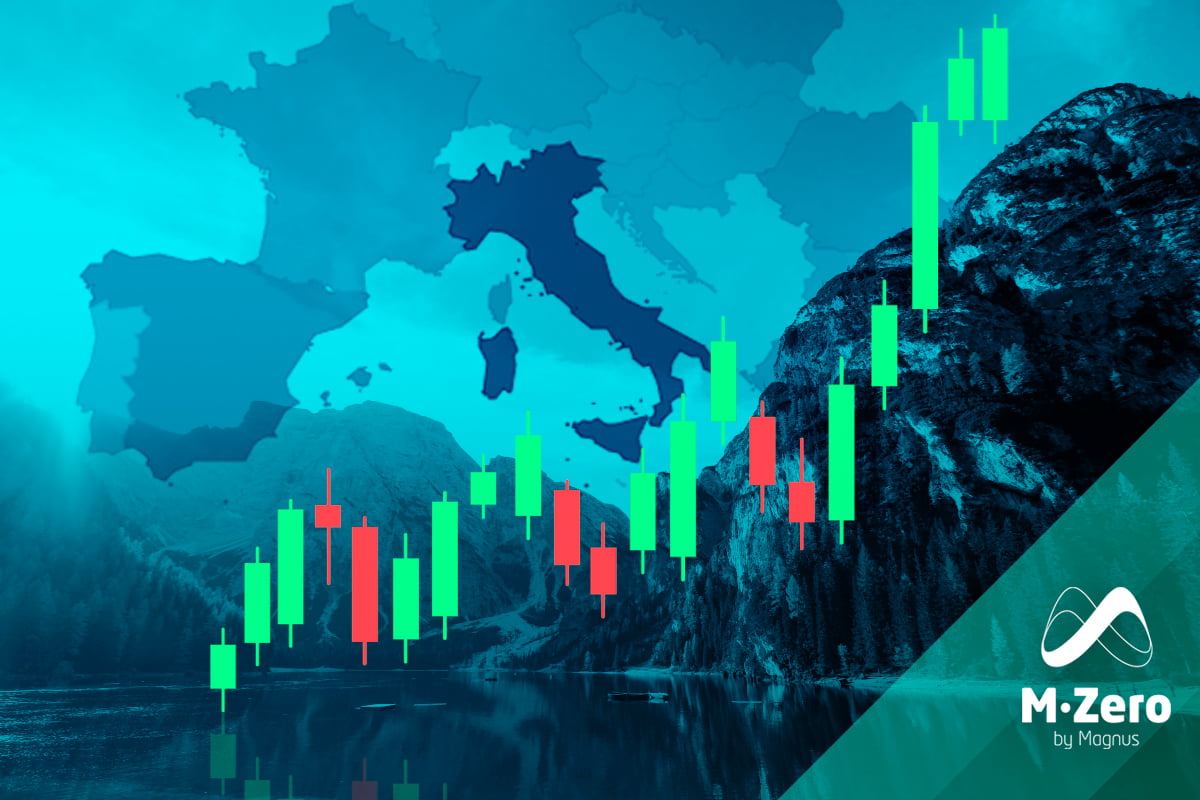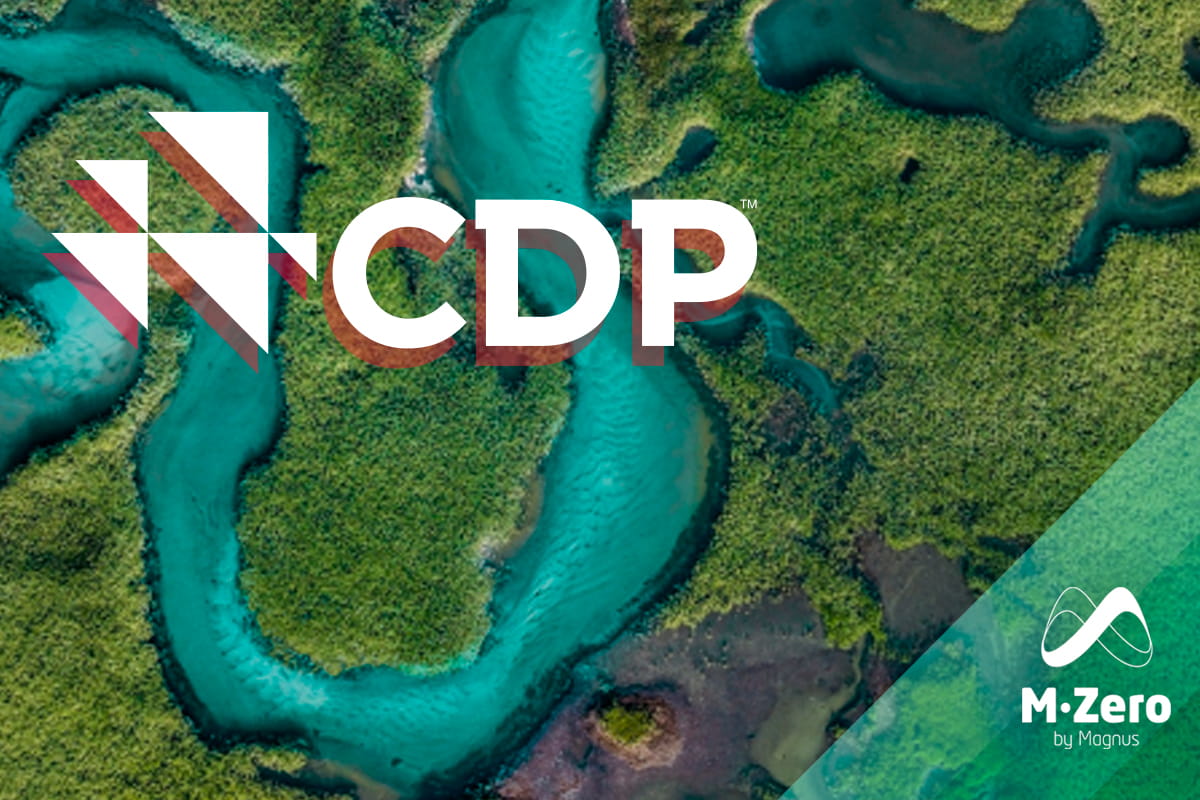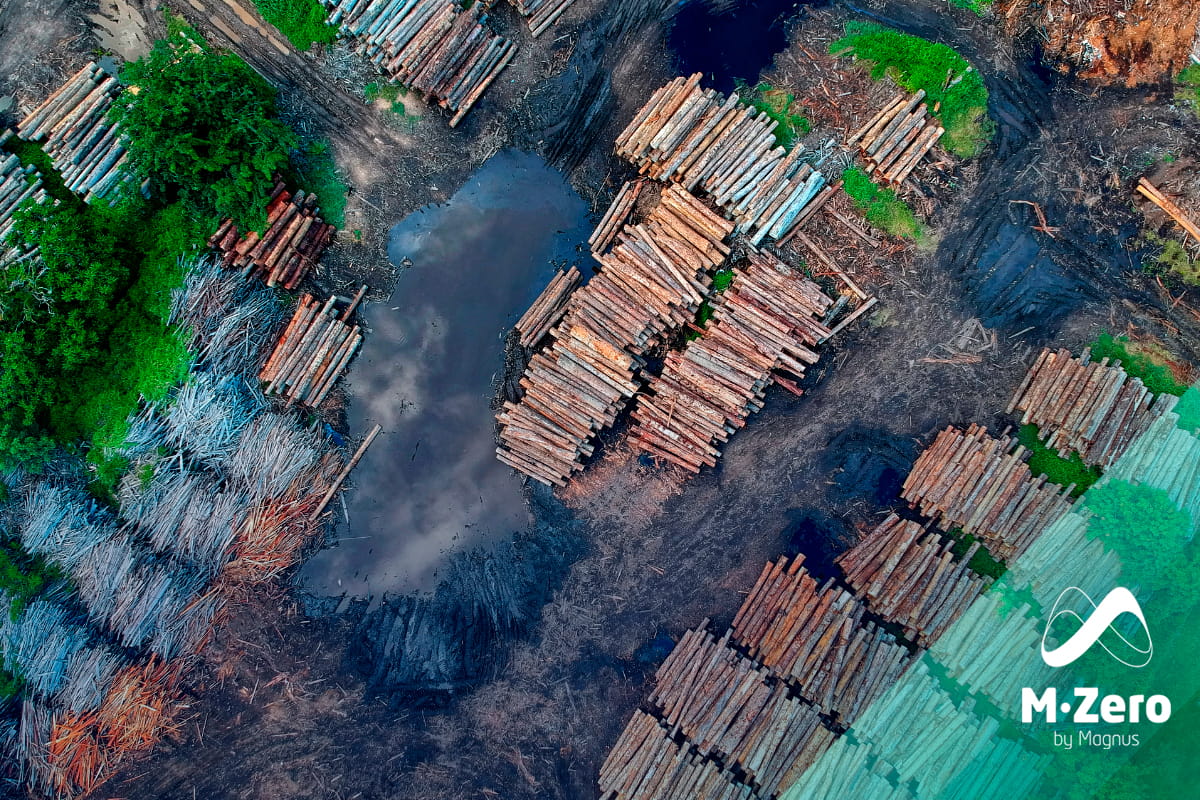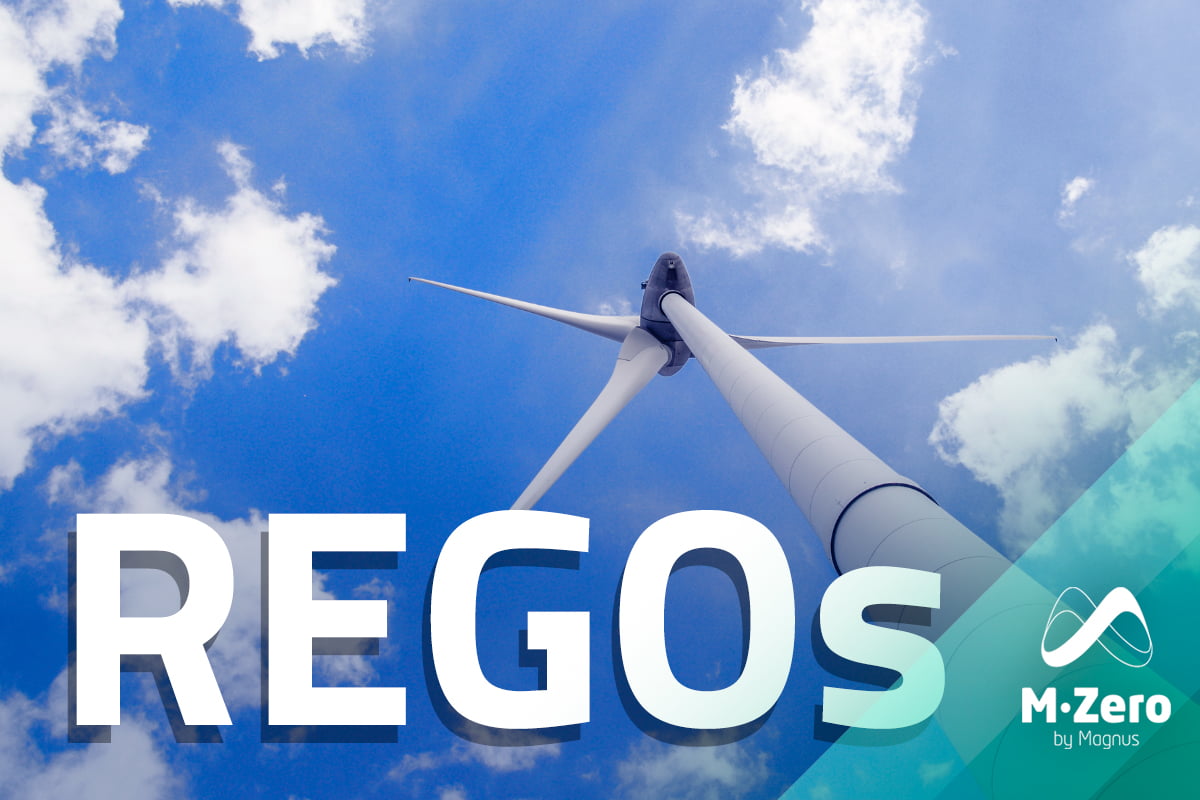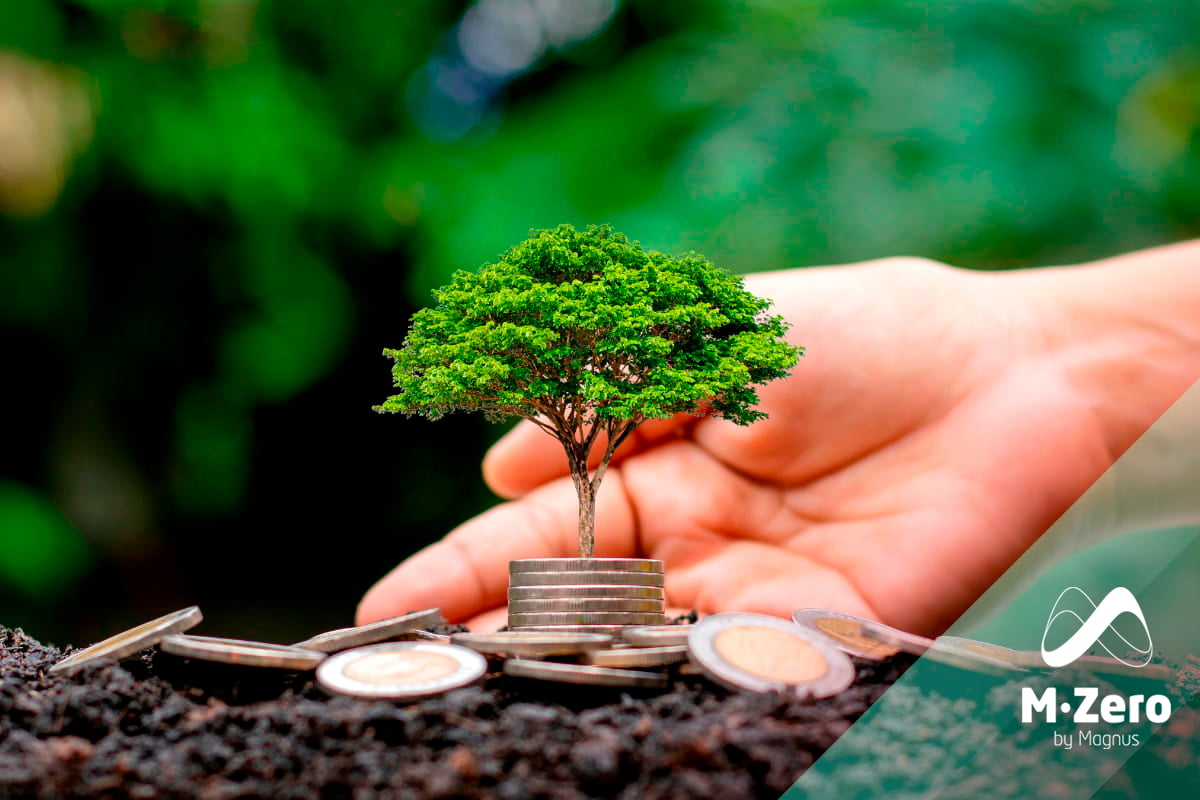
Confusion over terminology, definitions and labels has fueled challenges to the credibility of ESG criteria. From both sceptics and idealists, is fair to say that the sector is in a period of transition. One positive outcome of the current backlash may be that years of inconsistency are finally giving way to greater clarity around language, objectives, and intentions.
Abbreviations aside, it has become clear over the last decade that environmental, social and governance risks are financial risks.
In the 2024 edition of the MSCI report, MSCI brings together 8 global analyses that offer useful insights and information for navigating the investment landscape ahead. In this article we highlight 5 of them.
1. Managing AI: The basics still matter
The EU´s General Data Protection Regulation (Regulation (EU) 2016/679) has centered around user rights, consent and secondary purposes, as well as a “privacy-by-design” principle in product development.21 But that’s evolving. Cautionary voices from the AI developers’ community have recommended self-governing guidelines covering privacy and the ethical development of AI products. And the EU’s proposed AI Act includes a comprehensive governance framework for AI systems, from ethical product development to extending best practices for data privacy
2. Supply-chain due diligence becomes the law as regulators target action alongside disclosure
Complex, global supply chains are a reality of modern business. When well-constructed, these chains offer specialization, efficiency, and competitive advantage. The sheer number of actors involved at each stage of production can make it difficult to keep track of who is trading with whom. For big brands, the actions of a subcontractor somewhere deep in the chain can cause real damage to their reputation. New policies are making companies explicitly accountable for what happens down to the source and can impose a heavy penalty on those that do not.
Complex, global supply chains are a fact of modern-day business. When constructed well, these chains offer specialization, efficiency and competitive advantage. The sheer number of players involved at each stage of production can make it difficult to keep track of who’s trading with whom. For major brands, the actions of a subcontractor somewhere deep in the chain can cause real reputational harm. New policies are making companies explicitly responsible for what happens all the way back to the source — and may impose a hefty penalty on those found lacking.
One example is the new EU regulation focused on preserving nature and biodiversity, which will require companies from 30/12/2024 to demonstrate that products sold in the EU do not contain raw materials produced on recently deforested land.
It will apply to several key products directly associated with deforestation such as: beef, cocoa, coffee, palm oil, soya, rubber, and timber, as well as products derived from these such as leather.
3. Regulation drives more corporate climate disclosures, but mind the fine print
As the low-carbon energy transition encounters headwinds from inflation and higher input costs, companies may be tempted to slow down plans to decarbonize. But walking back climate promises can draw criticism. And it may be these sorts of criticisms that have given rise to footnotes and exceptions in climate reporting that allow companies to stay connected to certain fossil-fuel assets without counting their emissions in top-line tallies. According to MSCI, companies use various methods to reduce their reported emissions:
– Excluding the emissions of assets or subsidiaries that are not wholly operated by the company.
– Excluding emissions from business units that are planned for sale.
– Switching from location-based to market-based emissions accounting.
– Structuring finance as corporate debt issued by a special-purpose vehicle with a lower reported emissions footprint, rather than linked to specific fossil-fuel projects.
Although these gray areas in emissions in emission-reporting practices may ultimately be clarified by regulations, in the interim, investors may need to be wary of “orphaned emissions.”
4. The SFDR’s unintended consequences for emerging markets
To meet net-zero ambitions by 2050, we need USD 5 trillion in global investments every year between now and 2030. And 40% of that needs to go to emerging markets. But with the first major round of reporting in the books in 2023, it’s become apparent that efforts to direct this capital might bump into an unexpected — and unintended — obstacle in the form of the EU’s Sustainable Finance Disclosure Regulation (SFDR). In a nutshell, there just aren’t that many emerging-market firms that meet the SFDR’s high bar for a sustainable investment.
The upshot of emerging-market companies not meeting the criteria of the SFDR (“no significant harm” – Delegated Regulation (EU) 2022/1288) is that they effectively become ineligible for many investors’ portfolios. Key sectors to a net-zero transition, like utilities, are particularly disadvantaged compared to their developed-market peers. And for markets that desperately need transition capital, this would be a big blow. But the door has not shut completely; legislative revisions to the SFDR’s DNSH approach are anticipated some time in 2024.
5. Investing in nature
Nature and biodiversity have rapidly moved up the global regulatory agenda in recent years and captured investors’ attention. Nature is irrevocably interlinked with climate, but the possibility of biodiversity collapse presents an additional range of systematic risks at least as far-reaching as those of climate change. The World Economic Forum estimates that more than half of global economic output is at least moderately dependent on nature.
Investors are starting to tackle that challenge in a variety of ways. One is attempting to measure where portfolio impacts occur, as a first step to managing or reducing them. Another is finding investment opportunities in nature conservation or ecological-improvement projects, which are becoming increasingly available to private investors through mechanisms like debt-for-nature swaps and carbon credits. Investments in funds or projects that generate carbon credits for the voluntary carbon market can generate returns for nature as well as climate.
The low-carbon energy transition could represent a major investment opportunity in 2024. Alongside the expansion of primary investment, private capital is poised to play a leading role in climate finance.
If you found it interesting, please share it!
Recent Articles





